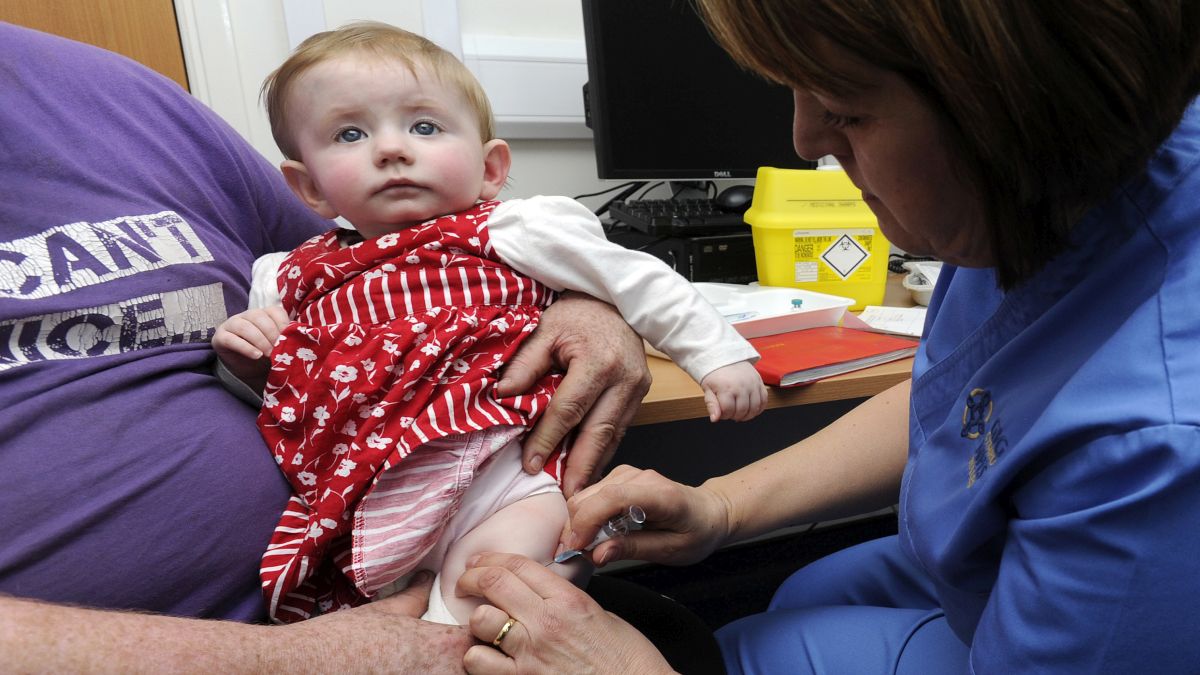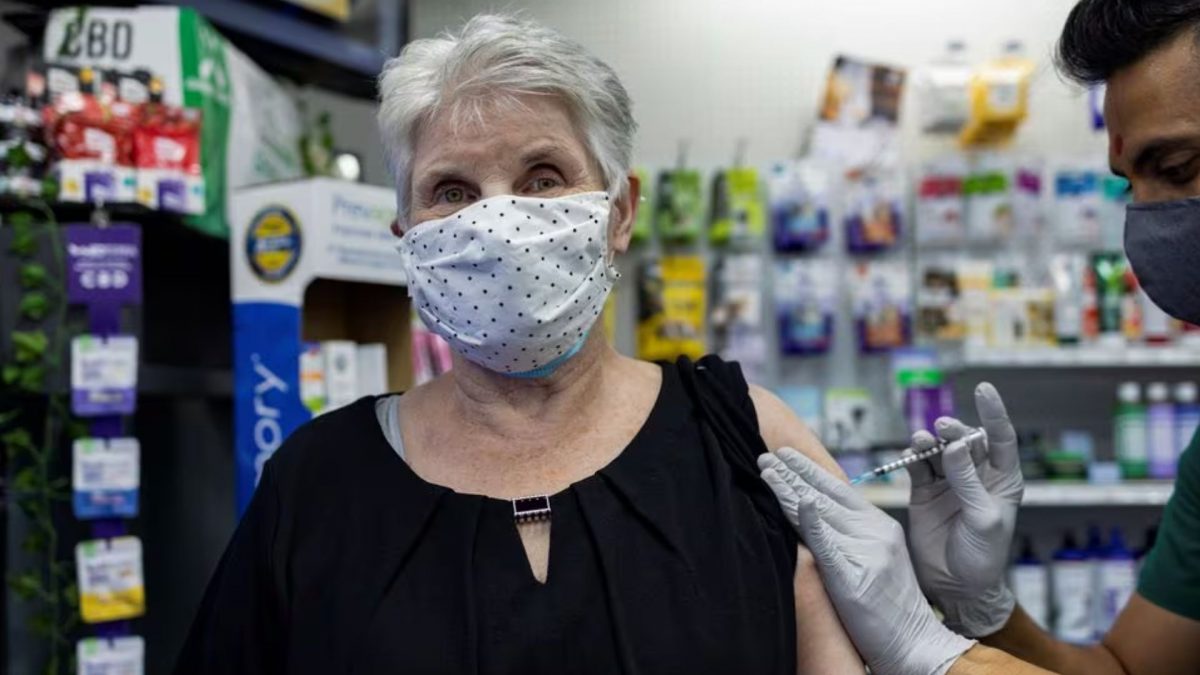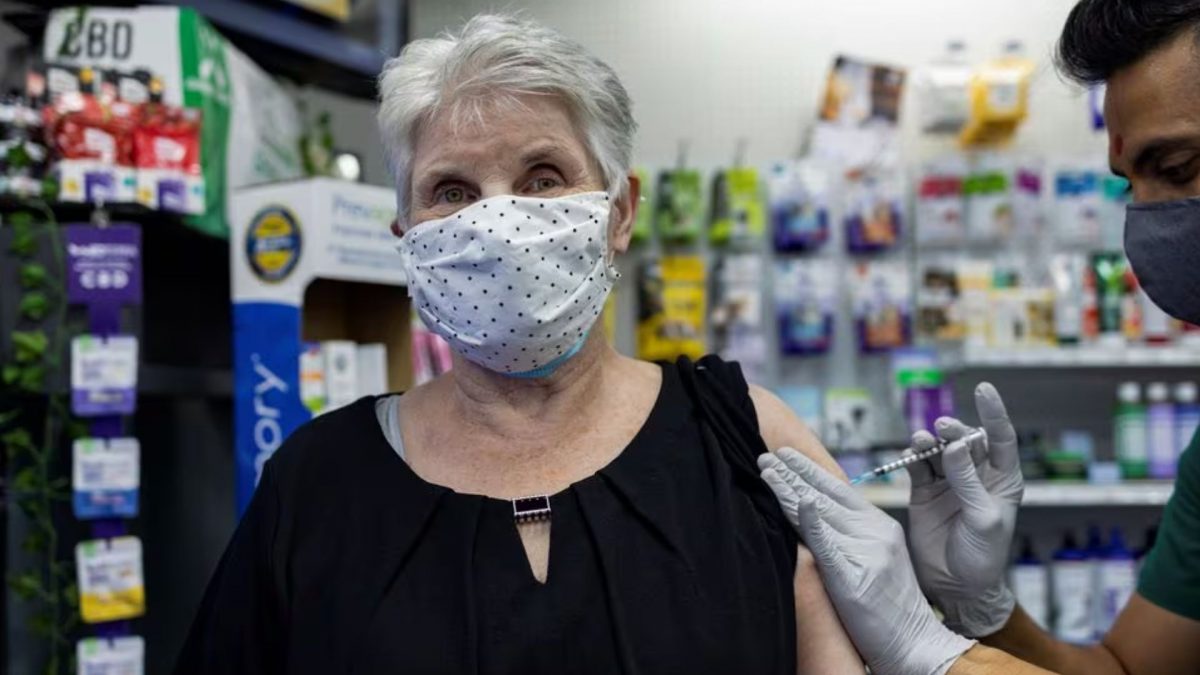As experts warn of a third wave in India, attention has moved to the new Delta-plus variant of the novel coronavirus, which as yet has been detected only in a very small number of cases in the country. But given how the Delta variant, or B.1.617.2, of the novel coronavirus, fuelled the second wave of cases in the country, authorities will be tracking this new variant, also called AY.1, closely. Here’s what you need to know.
Did the Delta-plus variant emerge in Nepal?
Reports say that the first samples of this variant were isolated in Europe in March. Then, health authorities in England said in a briefing earlier this month that the first five cases sequenced in the country, in end-April, “were contacts of individuals who had travelled from, or transited through, Nepal and Turkey”.
Dr Jeff Barrett, director of the COVID-19 Genomics Initiative at the Wellcome Sanger Institute, has been quoted as saying that the key mutation that marks out the Delta-plus variant from the original Delta variant — called the K417N mutation — was first identified in Nepal. “It has also been observed once in Nepal (which does very little sequencing), and 14 times in Japan, of which 13 are samples from airport quarantine from travellers from Nepal,” Dr Barrett has said.
But WHO’s Nepal office tweeted on 3 June that they were “not aware of any new variant of SARS-CoV-2 being detected in Nepal. The three confirmed variants in circulation are: Alpha (B.1.1.7), Delta (B.1.617.2) and Kappa (B.1.617.1). The predominant variant currently in circulation in Nepal is Delta (B.1.617.2).”
The Centre has said that as of now, Delta-plus is not a variant of concern for India and neither has it got that billing from the World Health Organisation (WHO). Dr VK Paul, Member (Health), NITI Aayog, said that “its presence had been detected and submitted to global data system”.
So, what is Delta-plus? How is it different from the Delta variant?
The B.1.617 lineage that gave us the Variant of Concern called Delta (B.1.617.2) and the Variant of Interest called Kappa (B.1.617.1) apart from the B.1.617.3, another variant that’s also being monitored. The Delta-plus variant, as the name suggests, is a modification on the B.1.617.2 Delta variant. The novel coronavirus has been busy taking on mutations, which are nothing but slight changes in the genetic composition of the virus.
Every time these mutations change the way that the virus behaves, a new variant of the virus is said to emerge. The Delta variant, also called the ‘double mutant’ variant, was seen as being more infectious because it had two key mutations, called E484Q and L452R.
Now, the Delta-plus variant has been found to exhibit the K417N mutation. According to The New York Times , the K417N, along with another mutation called K417T, is a mutation in the spike protein of the novel coronavirus.
The spikes on its surface, which give the coronavirus its names, also helps the virus to invade human cells.
Reports say that the “mutation appears on the tip of the coronavirus spike, and may help the virus bind more tightly to human cells”.
But Delta-plus is not the only variant that carries this mutation. Two other WHO-designated Variants of Concern, the Beta, or B.1.351 first seen in South Africa, and the Gamma, or P.1 variant first seen in Brazil, both have the K417N mutation. Surprisingly though, the B.1.617.2 Delta variant doesn’t carry this mutation.
How serious is the risk posed by Delta-plus? Are vaccines effective against it?
Sharing preliminary details of the Delta-plus variant, researchers at CSIR-Institute of Genomics and Integrative Biology (IGIB) said that it may be linked with abilities to better escape immune response, which means the virus can potentially dodge vaccines and antibody therapies. In fact, Vinod Scaria, a scientist with IGIB, said that there is also evidence of the Delta-plus variant’s “resistance to monoclonal antibodies Casirivimab and Imdevimab”. The reference is to the monoclonal antibody cocktail that was recently okayed for the treatment of milder cases of COVID-19 in India.
As delta continues to evolve acquiring new mutations, there is a lot if interest in understanding these mutations. This tweetorial summarizes the emerging lineages of delta, otherwise named delta+
— Vinod Scaria (@vinodscaria) June 13, 2021
Data and analysis : @bani_jolly and @mercy_rophina pic.twitter.com/SOEXgkZqnH
As to the question of whether vaccines are effective against this variant, UK health officials reported that of the 36 Delta-plus cases identified till early June, at least 18 were not vaccinated. Among the people who were vaccinated, only two were those who had received both shots and more than 14 days had passed between the second dose and the positive test. Importantly, “no deaths have been recorded amongst the 36 cases,” the health officials said.
Where has the Delta-plus variant spread?
Health officials in England said that till 7 June, 63 Delta-plus genomes had been identified on the GISAID worldwide repository. Of these six were from India, nine from Poland, 12 from Portugal and 14 from the US.
Giving the age breakup of Delta-plus cases in England, health officials said that the majority were in younger individuals, with only two of the 36 Delta-plus cases in people aged above 60 years. Further, 11 of the cases were travel-related (six travellers and five cases among contacts of travellers) while 12 cases had no history of travel or contact with travellers. The countries related to Delta-plus cases, according to English officials, “may include direct travel from or transit through” among others, India, Malaysia, Nepal, Singapore and Turkey.


)




)
)
)
)
)
)
)
)